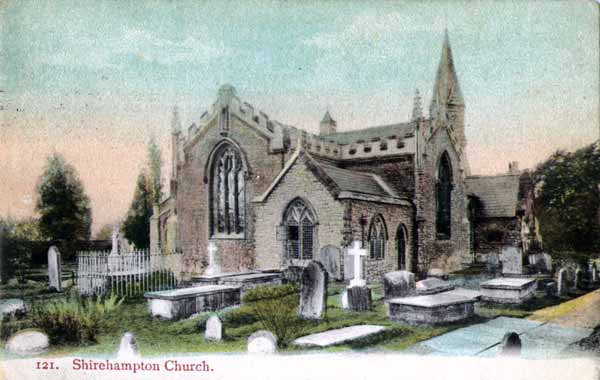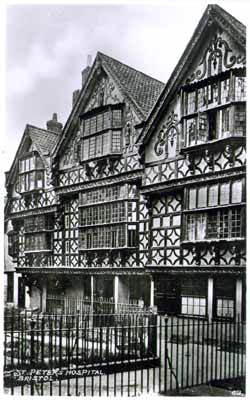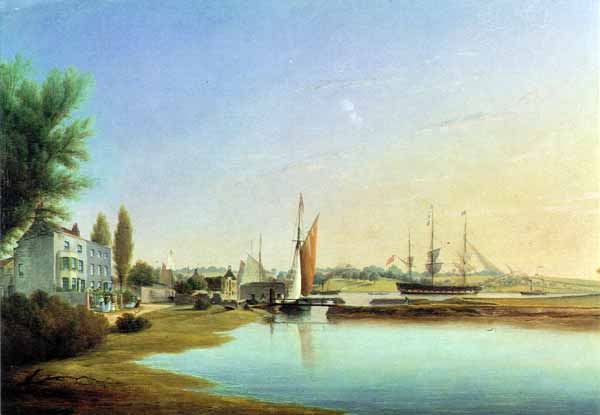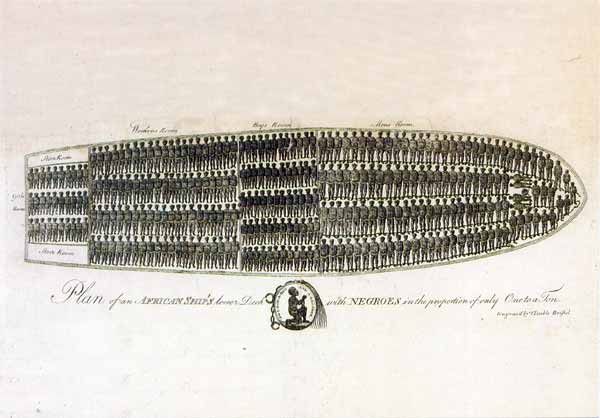
Bristol UK Postcards
St. Mary's Church, Shirehampton

Shirehampton Church
This postcard, posted in Bristol on July 27th, 1907, has the printed text...
121
Avonvale Series
J. B. & S. C.
The earliest mention of a chapel at Shirehampton is in the records of Westbury-on-Trym parish church, recording a baptism here in 1579. This chapel was replaced by a new one in 1727, on the current site. It is uncertain whether this was also the site of the earlier structure. This chapel was again rebuilt in enlarged form in 1827, in an early Gothic form with plaster vaults, cruciform. It finally became a parish church in 1844.
There were further major changes made to the chuch in 1860, 1889 and 1906. The church was destroyed by fire on the morning of Sunday 15th January 1928. A new church, almost twice the size of the old, was built on the site on a slightly different axis. The site of the original high altar is marked in the floor of the nave by a stone with five consecration crosses on it showing the former axis.
Source: Churchcrawler
St. Peter's Hospital

St. Peter's Hospital
This unused postcard has the printed text...
63
This is a Real Photograph
Scholastic, Bristol
Standing until it was bombed in 1940, St Peter's Hospital was built as a grand house in 1402 between St Peter's churchyard and the River Avon by prominent merchant Thomas Norton. Robert Aldworth, another prominent merchant and several times mayor, rebuilt it in 1612 in grand style also adding less ornate additions to the house; in 1666 at least part of it was being used as a sugar refinery when it became known as "The Sugar House" and in 1695 was used as a Mint, but only for two years. In 1697 the building became nationally famous. Mr John Cary, another merchant, had already printed some economic texts but now he printed his "Proposals for the Better Maintaining and Imploying the Poor of the City of Bristol". Until this time the Poor Rates of the various parishes were paid into individual parish funds which were inefficiently used, Mr Cary proposed the building of a common workhouse.
In 1696, the workhouse, Whitehall, next to the Bridewell was selected and an additional £260 allocated to it. Soon after 100 girls were being trained here as wool carders and spinners. In 1697 the Mint was purchased for £800. The building became know as "The Mint Workhouse but the name was soon changed to "St. Peter's Hospital". 100 boys were soon being trained here as weavers. By 1700, Mr Cary had 300 young people under the care of the Guardians. This was the first Poor Law Union, which was soon to be copied all over the country.
In the 17th century, the Poor Law Guardians also acted as magistrates. The members were chosen not only for how generous they were in giving money to the city, but also "the honestest and discreetest." "Strangers and disorderly persons" were brought before them and the Guardians had the power to imprison people in the Bridewell. The city corporation installed a whipping post and chains in part of St. Peter's Hospital and this area became known as Purgatory.
The level of care did not last and soon St. Peter's Hospitial became a workhouse for the destitute and a lunatic asylum. After a cholera epidemic in 1832 it was found that the buildings accommodated 600 paupers. Most of whom had to share beds, often 4 or 5 to a bed. A Royal commission report said that "Prostitutes wear a yellow dress and single pregnant women wear a red dress; they are kept separate from the rest and not allowed to associate with the children. The children are taught to read, to knit, and to sew and when of sufficient age are sent to service." Able bodied men worked from 6am to 6pm breaking stones at Hotwells, for which they received 3s 4d - roughly half what a poorly paid agricultural labourer could expect to earn. Around this time most of the paupers were scattered to various other accommodations, principally the converted Admiralty Prison at Fishponds. The lunatics remained in the old Hospital. In 1855, the Government insisted that newer, better premises be found for them. In 1861, Bristol Lunatic Asylum next to Fishponds workhouse, then in the parish of Stapleton, opened and the inmates moved. After 1865 St. Peter's Hospital was used mostly for administrative purposes.
During the 1920s and 1930s it was a central base for the Bristol branch of the Labour Party where they handed out alms and aid to the poor of Bristol during the depression. This fine old building, which had seen some of the best and worst of Bristol's history, was destroyed during the Blitz on Sunday 24th November, 1940.
Sea Mills

Sea Mills
Joseph Walter, oil on canvas, 1844
This unused postcard has the printed text...
2/4071
J. Arthur Dixon
John Hinde Original
Sea Mills, Bristol, 1844, oil on canvas
Joseph Walter (1783 - 1856)
Bristol Museum & Art Gallery
Bristol City Council
Sea Mills gets its name from the tide driven mills that used to be here.
The Romans arrived in Britain around 55 BC, peacefully at first, they invaded in force around 40 AD. They set up a major town at Aquae Sulis - now called Bath - 15 miles to the east of Bristol. They had a lot of trouble living peacably with the Celts in Wales, Scotland and Cornwall and built a series of forts on the Welsh side of the Bristol Channel. As such they didn't settle in great numbers in the area of Bristol. What they needed was somewhere within reach of the forts in Wales to resupply them, so they built a harbour at Abona or Portus Abonae - what is now Sea Mills.
In 1712, Joshua Franklyn, a Bristol merchant, built a dock at Sea Mills, to eliminate the need for large sailing ships to navigate the tortuous River Avon any further upstream. This was located where the River Trym enters the River Avon. However, poor transport links btween Bristol and Sea Mills doomed the enterprise and the harbour facilities fell into disrepair by the end of the 18th century. Some remains of the dock still exist, and are used as a harbour by pleasure craft.
In the 1920s and 30s, Sea Mills was developed as a planned green suburb of Bristol.
Slavery

Slave Ship
This unused postcard has the printed text...
2/4105
J. Arthur Dixon
John Hinde Original
Plan showing how enslaved Africans were packed into the holds of slave ships
From a leaflet issued by the Plymouth Committee of Abolutionists, 1788
By permission of the Bristol Record Office
Bristol Museum & Art Gallery
Bristol City Council
"Plan of an African Ship's lower deck with Negroes with the proportion of only One to a Ton"
"Am I not a man and a brother"
Engraved by T. Deeble, Bristol
Bristol merchants were granted the right to trade in slaves in 1698. From then to the end of the Slave Trade in Britain in 1807, just over 2,100 Bristol ships set sail on slaving voyages. This amounted to around 500,000 Africans who were carried into slavery, representing just under one fifth of the British trade in slaves of this period.

Southmead Hospital ?
This unused postcard has the printed text...
474.1
British Made
There is a stamp on the back of the card that says "Hepworth, 66 church Road, Horfield, Bristol
Because of the stamp I think that this is a postcard of Christmas celebrations at Southmead Hospital which is near Horfield. The hospital opened in 1902 as a 64 bed workhouse for poor sick people. By 1911 there were 520 beds. During World War I, the facilities were used as an army hospital. The facilities reverted back to a workhouse in the early 1920s and were then greatly extended to accommodate all the sick poor. In 1924, the Southmead Infirmary was built and was later renamed Southmead Hospital. The hospital has been greatly expanded and now covers 60 acres.
This page created 27th August 2009, last modified 26th March 2010